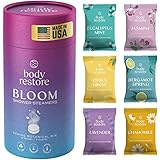Skip to main content in article(see)
Sunflower oil, soybean oil, rice oil, and olive oil are four types of vegetable oils that housewives love and choose to replace animal fats. However, not everyone knows the nutritional value as well as the cooking properties of each type of vegetable oil by heart.
1. Soybean oil
Regarding nutrition, Soybean oil is rich in Omega 3, 6, 9 and does not contain cholesterol should be an ideal source of fat to help the body prevent diseases related to the heart and blood pressure. Because it has a relatively high boiling point (oscillating at 230 degrees Celsius), housewives can use soybean oil to cook low-temperature dishes such as salads, soups, mixed dishes or stir-fries while still ensuring health safety. Strong. In particular, soybean oil also has a high polyunsaturated content (over 60%). Polyunsaturated fats are very healthy ingredients when used at low heat.
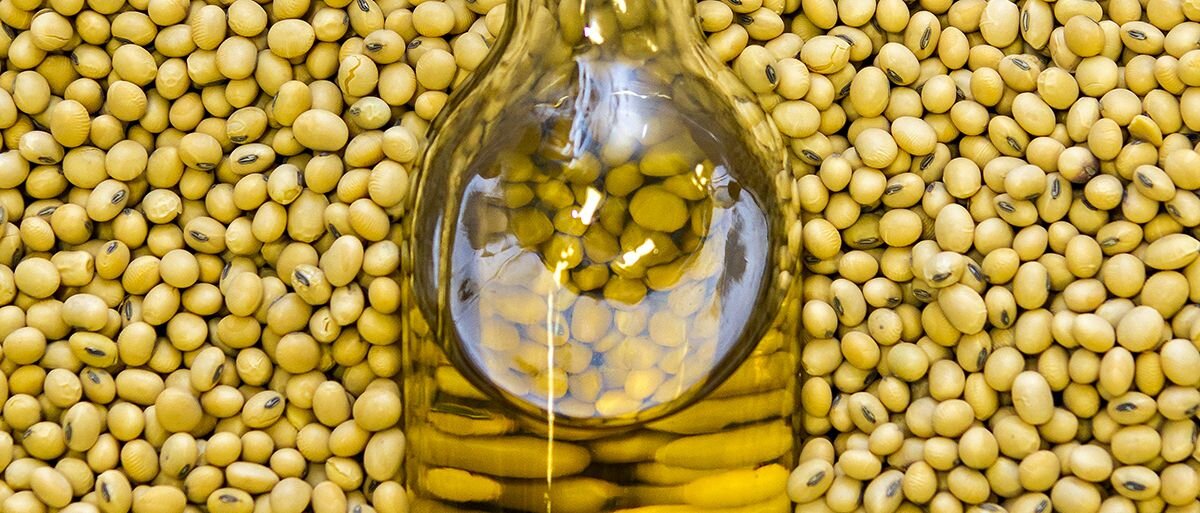
NuDerma Professional Skin Therapy Wand - Portable Skin Therapy Machine with 6 Neon & Argon Wands – Boost Your Skin – Clear Firm & Tighten
$99.95 (as of December 22, 2024 00:30 GMT +00:00 - More infoProduct prices and availability are accurate as of the date/time indicated and are subject to change. Any price and availability information displayed on [relevant Amazon Site(s), as applicable] at the time of purchase will apply to the purchase of this product.)Dopsikn 7 Color Galvanic Machines - Red Light Therapy for Face and Neck, Face Massager Tool for Wrinkles, Double Chin, Vibrating Facial Massager with Thermals, Black
$39.99 (as of December 22, 2024 00:30 GMT +00:00 - More infoProduct prices and availability are accurate as of the date/time indicated and are subject to change. Any price and availability information displayed on [relevant Amazon Site(s), as applicable] at the time of purchase will apply to the purchase of this product.)Heated Electric Thermal Steamer Cap for Natural Black Afro Hair - Hot Spa Treatment Hat with Temperature Control for Deep Conditioning at Home - Black
$18.98 (as of December 22, 2024 00:30 GMT +00:00 - More infoProduct prices and availability are accurate as of the date/time indicated and are subject to change. Any price and availability information displayed on [relevant Amazon Site(s), as applicable] at the time of purchase will apply to the purchase of this product.)wet n wild Hello Kitty Mirror & Pink Bow Keychain Duo, Comfort-Grip Handle, Versatile & Portable Cruelty-Free & Vegan
$11.04 (as of December 22, 2024 00:30 GMT +00:00 - More infoProduct prices and availability are accurate as of the date/time indicated and are subject to change. Any price and availability information displayed on [relevant Amazon Site(s), as applicable] at the time of purchase will apply to the purchase of this product.)TEPENAR Bonnet Hair Dryer Attachment: Upgraded Extra Large Hooded Hair Dryer Adjustable Soft Blow Dryer Caps - Easy to Use for Natural Curly Textured Hair Care Styling Fast Drying
$15.88 (as of December 22, 2024 00:30 GMT +00:00 - More infoProduct prices and availability are accurate as of the date/time indicated and are subject to change. Any price and availability information displayed on [relevant Amazon Site(s), as applicable] at the time of purchase will apply to the purchase of this product.)In terms of flavor, soybean oil is the oil that has the least odor in food among vegetable oils, so it is very suitable for enhancing the flavor of salads and soups.
2. Sunflower oil
Sunflower oil is an oil rich in vitamins A, D, E, helps maintain a healthy immune system, is anti-oxidant, reduces the risk of arthritis, asthma, beautifies skin and hair…
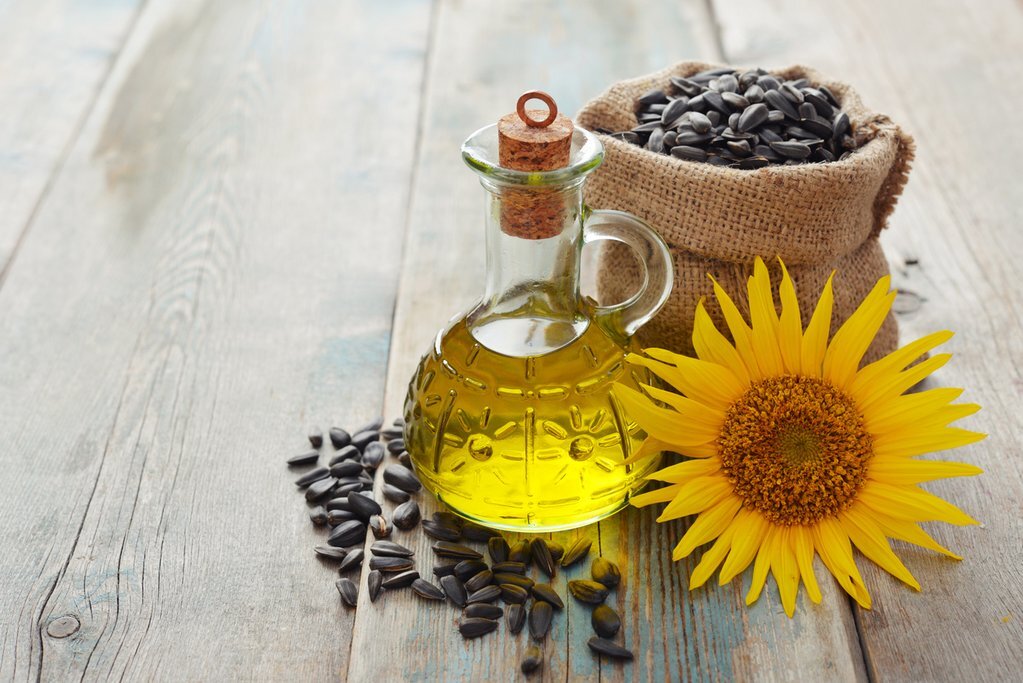 Sunflower oil has the highest vitamin E content among vegetable oils (Photo source: Internet)
Sunflower oil has the highest vitamin E content among vegetable oils (Photo source: Internet)
Like other vegetable oils, sunflower oil should not be used for fried dishes. Instead, with its characteristic light aroma, sunflower oil is very suitable for mixing dishes, salads, marinating meat and fish, cooking soup or quick stir-frying.
3. Rice oil
This type of oil is very popular with Japanese people thanks to the “golden nutrient” ingredient Gamma Oryzanol. Gamma Oryzanol has an antioxidant capacity 4 times stronger than vitamin E, helping to effectively prevent the formation of free radicals, which are the cause of more than 60 other dangerous diseases. Gamma-Oryzanol is recommended by many cardiologists around the world to regulate cholesterol levels in the body and protect heart health.
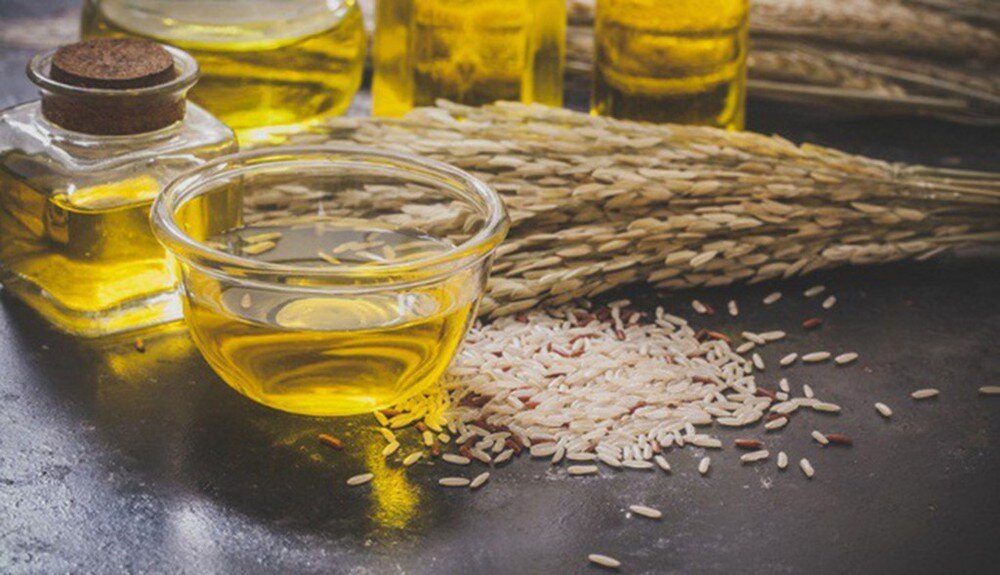 Rice oil contains the golden nutrient Gamma Oryzanol that cannot be found in other vegetable oils (Photo source: Internet)
Rice oil contains the golden nutrient Gamma Oryzanol that cannot be found in other vegetable oils (Photo source: Internet)
With low odor, high boiling point (250 degrees Celsius), not too high polyunsaturated fat (31%), rice oil can be used to prepare dishes from salads, sauces to some fried dishes. fry. Rice oil has the advantage of being less absorbent or sticking to food when stir-frying, so dishes using rice oil will be less “boring” than some other oils.
4. Olive oil
Olive oil is known as healthy cooking oilespecially for those who want to lose weight because this oil helps the body produce more good cholesterol, reducing the amount of bad cholesterol in the blood. Olive oil is also a source of fat that helps the body limit the risk of cardiovascular disease, breast cancer, blood pressure, diabetes…
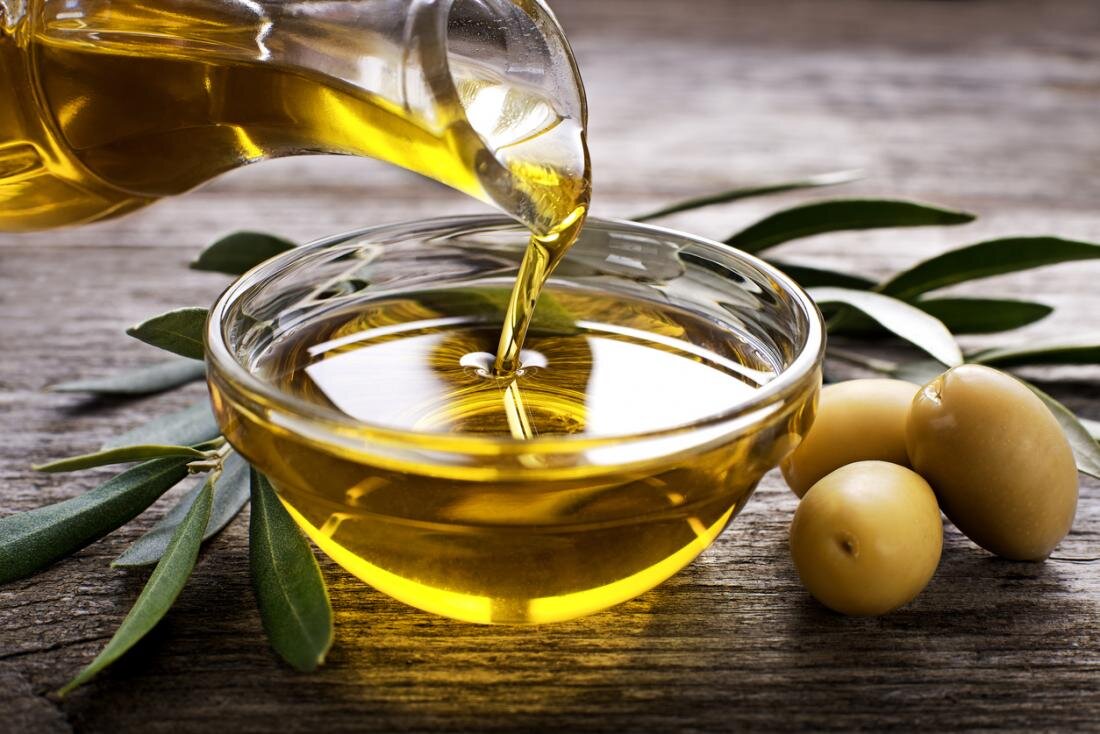 Olive oil is one of the healthiest vegetable oils (Photo source: Internet)
Olive oil is one of the healthiest vegetable oils (Photo source: Internet)
For complete absorption Nutritional values in olive oilyou should use this oil to make salads, sprinkle on dishes when cooking is completed or drink directly. With a boiling point of about 160 – 190 degrees Celsius, olive oil should only be used to stir-fry dishes at low temperatures.
It can be said that each type of vegetable oil has different nutritional content as well as different properties when processed. You can rely on your health status, taste or processing needs to choose the right cooking oil for your family.


